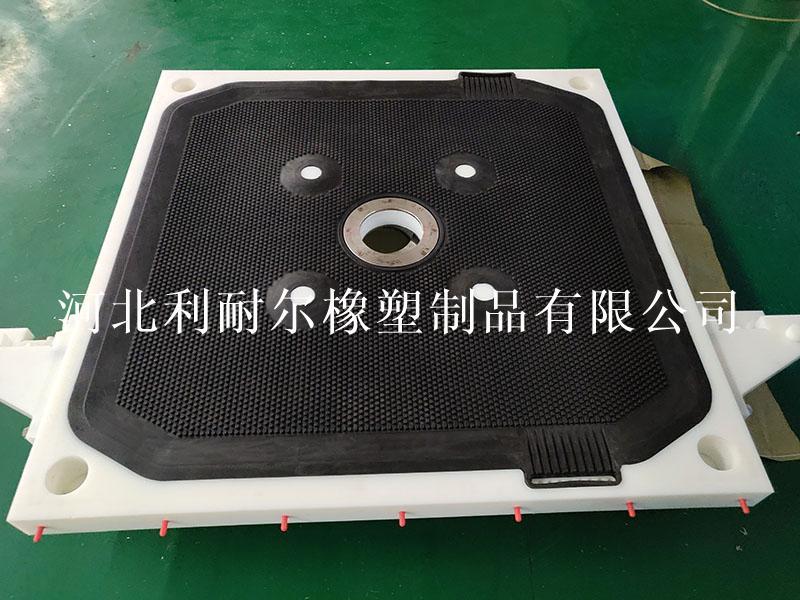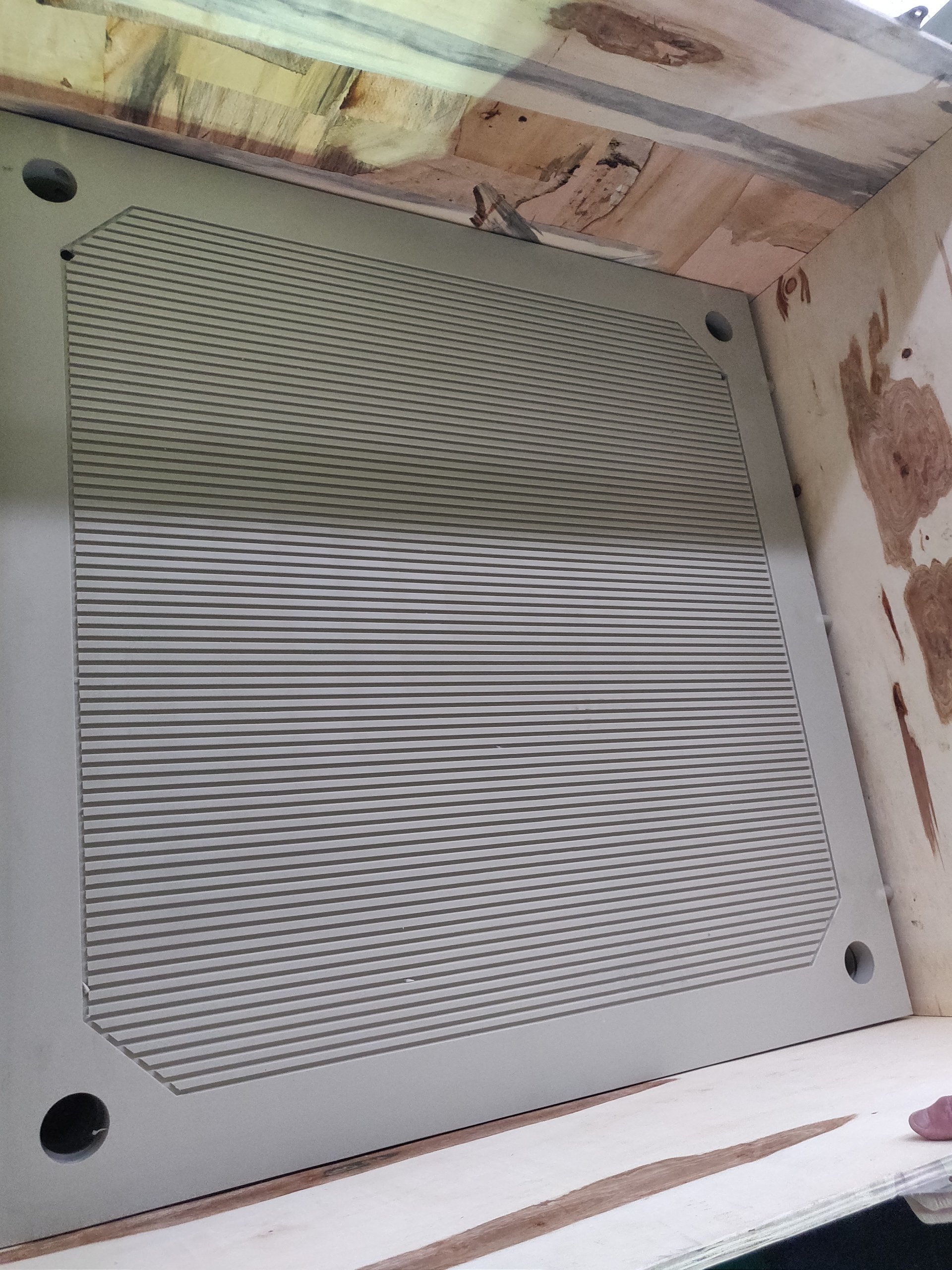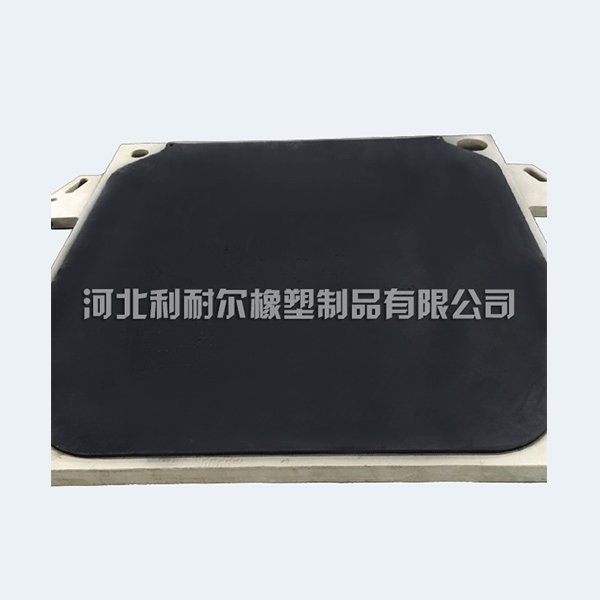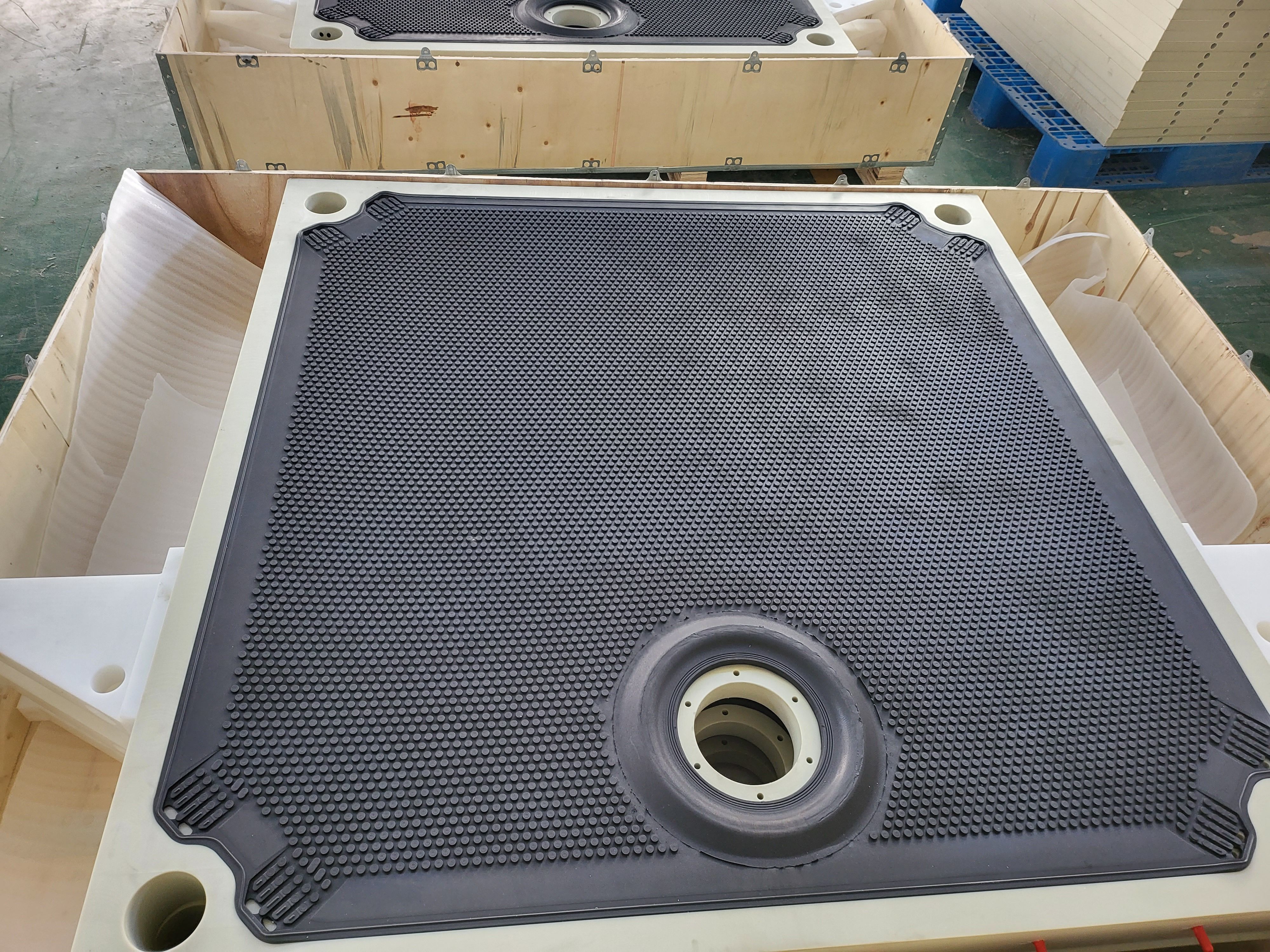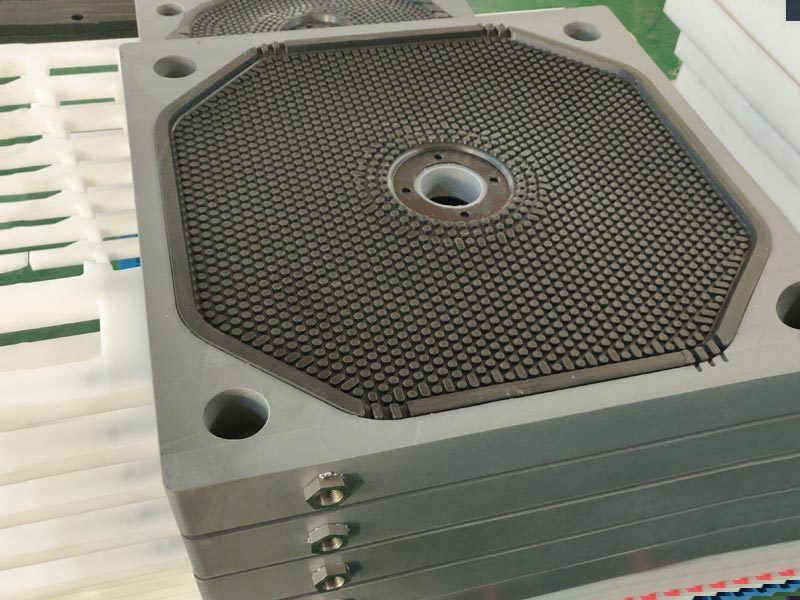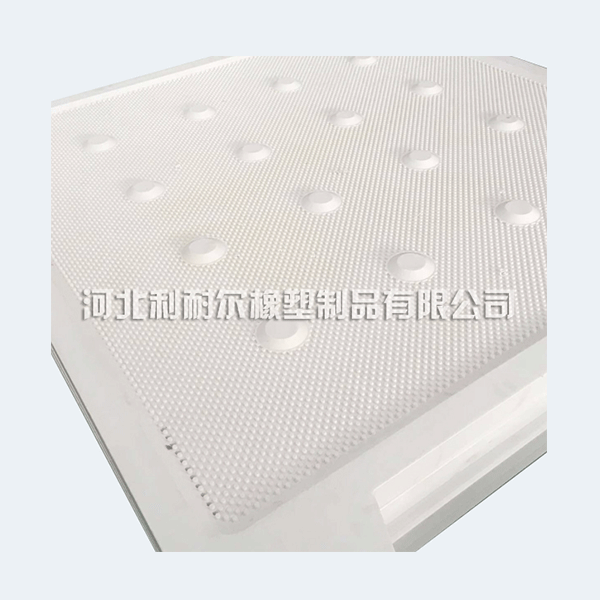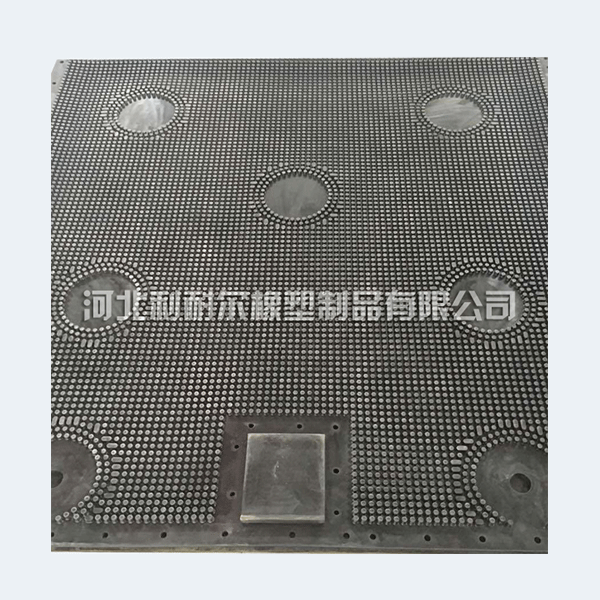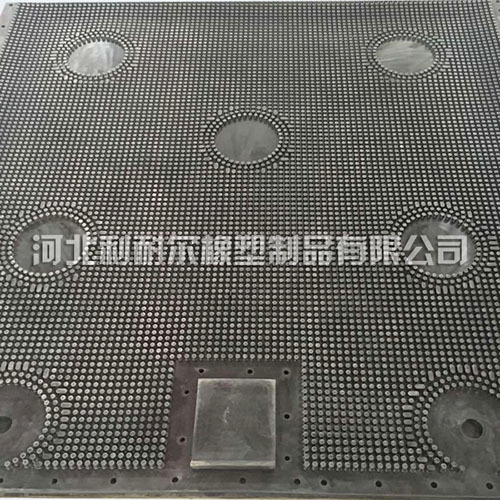Understanding Filter Press Sealing Strips: Key Components for Efficient Industrial Operations
Release time:
2025-04-28
Filter press sealing strips are vital components in various industrial processes, especially in applications involving filtration systems. These strips, placed around the edges of the filter press plates, serve a crucial purpose in creating a tight seal that prevents leaks during operation. Understanding their construction and functionality can significantly enhance the efficiency and reliability
Filter press sealing strips are vital components in various industrial processes, especially in applications involving filtration systems. These strips, placed around the edges of the filter press plates, serve a crucial purpose in creating a tight seal that prevents leaks during operation. Understanding their construction and functionality can significantly enhance the efficiency and reliability of filtration processes in industries such as wastewater treatment, food processing, and mining.
Typically made from durable materials like rubber or polymer, filter press sealing strips are designed to withstand high pressures and corrosive substances. The quality of these materials is essential, as they directly affect the lifespan and performance of the sealing strips. High-quality sealing strips ensure that the filter press operates efficiently, minimizing the risk of leaks that could lead to contamination and product loss.
One of the primary functions of filter press sealing strips is to create a barrier between the filter plates, which helps to retain the solid materials while allowing liquid to pass through. This separation is crucial for the efficiency of the filtration process, as it maximizes the collection of solids and enhances the clarity of the filtrate. If the sealing strips are worn or damaged, it can result in reduced filtration efficiency and increased operational costs due to frequent maintenance and downtime.
Regular maintenance and inspection of filter press sealing strips are essential to ensure optimal performance. Users should regularly check for signs of wear, such as cracks, tears, or deformation, which can compromise the seal. Replacing worn sealing strips promptly not only prevents leaks but also maintains the overall efficiency of the filter press system. In addition, proper cleaning of the sealing strips after each use can prolong their lifespan and ensure consistent performance.
When selecting filter press sealing strips, it is important to consider the specific requirements of your application, including the type of materials being processed, temperature ranges, and the chemical compatibility of the sealing material. Consulting with experts in industrial sealing solutions can provide valuable insights into choosing the right sealing strips for your needs.
In conclusion, filter press sealing strips are critical components in ensuring the efficiency and reliability of filtration processes in various industries. By understanding their importance and implementing regular maintenance practices, businesses can enhance their operational efficiency and reduce costs associated with leaks and downtime. Investing in high-quality sealing strips tailored to your specific applications will ultimately contribute to a more effective and sustainable industrial operation.
Typically made from durable materials like rubber or polymer, filter press sealing strips are designed to withstand high pressures and corrosive substances. The quality of these materials is essential, as they directly affect the lifespan and performance of the sealing strips. High-quality sealing strips ensure that the filter press operates efficiently, minimizing the risk of leaks that could lead to contamination and product loss.
One of the primary functions of filter press sealing strips is to create a barrier between the filter plates, which helps to retain the solid materials while allowing liquid to pass through. This separation is crucial for the efficiency of the filtration process, as it maximizes the collection of solids and enhances the clarity of the filtrate. If the sealing strips are worn or damaged, it can result in reduced filtration efficiency and increased operational costs due to frequent maintenance and downtime.
Regular maintenance and inspection of filter press sealing strips are essential to ensure optimal performance. Users should regularly check for signs of wear, such as cracks, tears, or deformation, which can compromise the seal. Replacing worn sealing strips promptly not only prevents leaks but also maintains the overall efficiency of the filter press system. In addition, proper cleaning of the sealing strips after each use can prolong their lifespan and ensure consistent performance.
When selecting filter press sealing strips, it is important to consider the specific requirements of your application, including the type of materials being processed, temperature ranges, and the chemical compatibility of the sealing material. Consulting with experts in industrial sealing solutions can provide valuable insights into choosing the right sealing strips for your needs.
In conclusion, filter press sealing strips are critical components in ensuring the efficiency and reliability of filtration processes in various industries. By understanding their importance and implementing regular maintenance practices, businesses can enhance their operational efficiency and reduce costs associated with leaks and downtime. Investing in high-quality sealing strips tailored to your specific applications will ultimately contribute to a more effective and sustainable industrial operation.
Related News




















